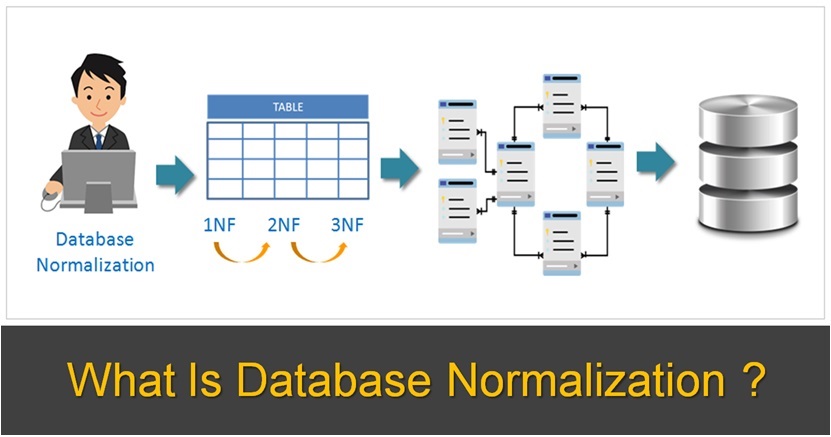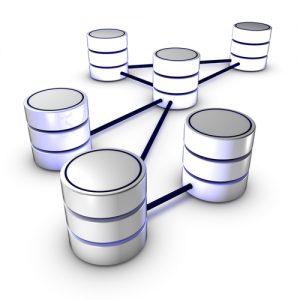
Storing and analyzing big data is essential for process audits. For example, a company’s ongoing shipping audits explained several issues, including patterns of overcharges and delayed deliveries. A customer experience audit can yield similar findings by noting bottlenecks in the customer journey. All of these processes require the input of large sets of readable data.
Businesses need a data normalization process to store and filter raw data into useful information that can inform these valuable processes.
What is Data Normalization?
Data normalization is an automated process that organizes information into a database or table. As a result of normalization, data is searchable and verifiable. Normalized data is also easier to scan for errors, such as missing data or redundancies.

Most data normalization tables categorize data by recognizable fields. For example, a table of customer information would most likely contain their names, contact information, and job titles. Company data may contain labels such as product SKUs or employee identification numbers.
Data normalization tables prevent a phenomenon known as inconsistent dependency. This occurs when unrelated data items are entered in the same table. Data input should be logical so that anyone searching for a piece of information knows exactly where to find it.
Many software-as-a-service platforms, such as invoicing or customer management solutions, automatically normalize data. To reduce errors in automated normalization, companies must set a standard format for inputting data. Some commonly used conventions are abbreviations for addresses and job titles, or no hyphens or spaces in telephone numbers. Once data is normalized, it is easier to carry out important data analysis processes, including cleaning and interpretation.
Forms of Normalization
Normalization tables come in several normal forms, known as NFs. Each NF has its own rules for organizing and displaying data. For example, a 1NF table restricts any cell from containing more than one piece of data. Additionally, no entry can be duplicated.
For example, if a data table contains a product that comes in several sizes, each size will be listed as a separate row rather than a distinct column. In a 2NF table, the searcher can pull up a separate table to view all of the color options for a particular product.
As normal forms advance, they build off one another. A 2NF pulls data from 1NF tables, a 3NF from a 2NF table and so on. While there are many normal forms to choose from, most databases only need up to 3NF to process and store data.
Choosing the correct normal form and preparing the data can be time-consuming. As a result, more developers opt to outsource this process to automated software.
Benefits of Data Normalization
As data collection has become ubiquitous, data normalization has become indispensable. Firstly, normalization corrals data into one depository. This reduces storage space by eliminating duplicate information. Browsing through normalized data also saves time as databases contain search functions that quickly identify the needed information.
Normalized data also lends itself well to segmentation. During segmentation, the analyst will filter the data through parameters, such as location, gender, or average purchase value.

Segmentation allows marketers to target specific demographics with tailored messaging. This process can also benefit internal business processes. For example, human resource departments may search for employees demonstrating signs of burnout, such as higher than normal call-outs, and connect them to resources.
Data normalization is also essential for monitoring metrics and performance. Normalization makes it possible to create visual dashboards to measure common indicators such as sales targets, vendor costs, and revenue.
Final Word
Data normalization is an essential step in any business’s data strategy. As a developer, you can make you and your client’s jobs much easier by considering normalization as you create your projects and database structures.
Most developers follow the decades old principles created by relational database pioneer Edgar Codd. Codd’s 12 rules, since expanded to more than 300, outline the existential criteria for relational database management systems. While no system follows every rule, they are a foundational step for approaching normalization projects.



